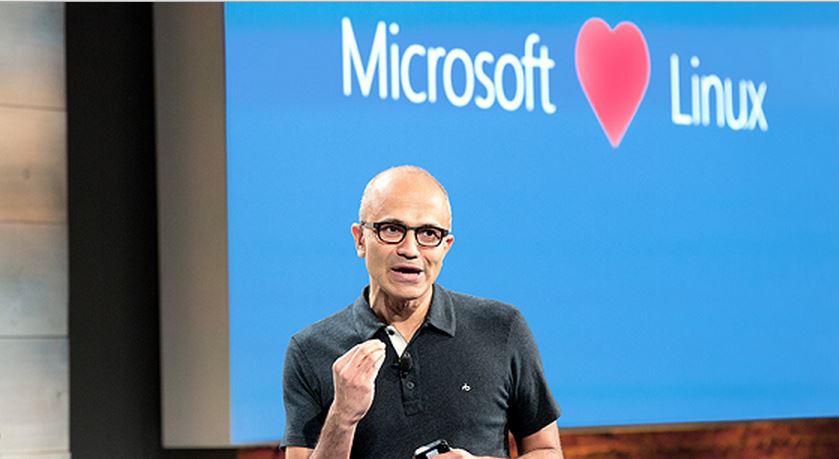 Short Bytes: Windows 10 is running on millions of devices and people are praising it for its new features. But, many of the popular features seem inspired by Linux. Take a look and decide on your own.
indows has brought many features like Virtual Desktops, PowerShell, Flat Icons and a lot more in its latest edition Windows 10. Microsoft has worked hard to create its best Windows yet and to do that, it has taken some inspiration from its biggest competition Linux.
Want to know which are features that were already present in Linux? Take a look below:
Short Bytes: Windows 10 is running on millions of devices and people are praising it for its new features. But, many of the popular features seem inspired by Linux. Take a look and decide on your own.
indows has brought many features like Virtual Desktops, PowerShell, Flat Icons and a lot more in its latest edition Windows 10. Microsoft has worked hard to create its best Windows yet and to do that, it has taken some inspiration from its biggest competition Linux.
Want to know which are features that were already present in Linux? Take a look below:
 Short Bytes: Windows 10 is running on millions of devices and people are praising it for its new features. But, many of the popular features seem inspired by Linux. Take a look and decide on your own.
Short Bytes: Windows 10 is running on millions of devices and people are praising it for its new features. But, many of the popular features seem inspired by Linux. Take a look and decide on your own.
indows has brought many features like Virtual Desktops, PowerShell, Flat Icons and a lot more in its latest edition Windows 10. Microsoft has worked hard to create its best Windows yet and to do that, it has taken some inspiration from its biggest competition Linux.
Want to know which are features that were already present in Linux? Take a look below:
Windows 10 Multiple Virtual Desktops | Linux Workspaces
With Windows 10, Microsoft has brought the power of multiple virtual desktops to the Windows users. With this feature, Windows users can now run different applications in multiple desktops.
These multiple virtual desktops are called workspaces in Linux. If you remember, KDE 1.0 launched in 1998 was one of the earliest smooth-working instances of workspaces that allowed switching between the apps easier.
Task View in Windows 10 | Window Spread in Linux
The Task Views feature of Windows 10 is reminiscent of the Windows Spread feature of new age Linux desktop environments like Unity and GNOME. With this feature, you have an array of running apps in front of you, when selected.
Just press the super key (Windows key) and you’ll see all the running apps in GNOME 3. In Windows 10, this could be done by clicking the Task View button on Taskbar.
Powerful Desktop Search in Windows 10 | Unity Dash and Lenses

The Cortana powered desktop search is one of the best features of Windows 10. Just enter a word and your PC will search the relevant content from your drives, installed applications, internet and Windows Store.

The same thing was done long ago by Ubuntu with Unity dash and lenses. Just search something in Unity Dash, you’ll be seeing suggestions from local apps, stored files and apps suggestions from Ubuntu Software Center. You are also greeted with search results from Amazon, Wikipedia, YouTube and other popular websites.
Flat icons and borderless windows
With Windows 10, you can sooth your eyes with flat icons and witness a clean look in Windows Explorer.
With a simple tweak, flat icons and borderless windows were available in Ubuntu 14.04.
Continuum for Windows 10 | Ubuntu Convergence
The convergence feature was first launched by Linux to run the same operating system on different size devices. We have seen Ubuntu phones from Meizu, but we are still to witness a Windows 10 mobile device that will fulfill the goal of One Microsoft.
Windows PoweShell | Linux Package Managers
The package management has been an integral part of the Linux distros since a very long time. With Windows 10, Microsoft has brought the similar utility to the users in the form of Windows PowerShell.
What do you think about these features? Tell us in comments below.









Comments
Post a Comment